Explore Stories
Stories offer an individual narrative of a specific subject. They are the building blocks of Story Collections.
From the mid-1980s to the mid-1990s, Drexel was plagued by sharply declining enrollments and hostilities between faculty and university administrators.
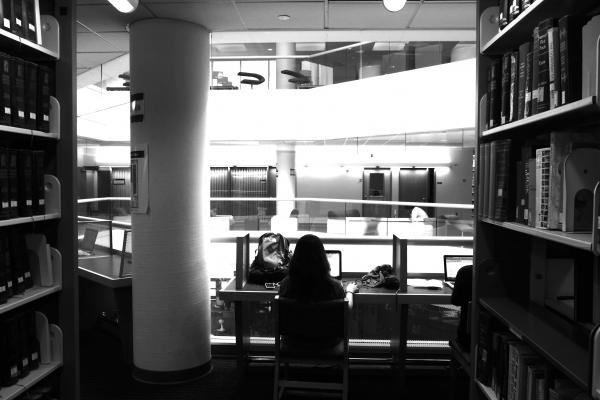
Over the course of the twentieth century, the academic program of the Institute grew to comprise an array of coeducational undergraduate and graduate programs in engineering, science, and technology, with engineering as the flagship discipline.
Anthony J. Drexel created the Drexel Institute of Art, Science, and Industry—the 1891 forefather of Drexel University—with the goal of providing working-class students with a balanced education and path of upward mobility.
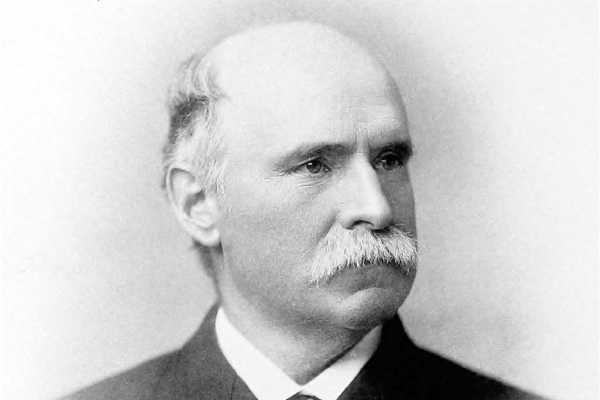
Anthony J. Drexel is significant in West Philadelphia’s history not only as the founder and namesake of Drexel University, but also as an expansive property owner, developer, and philanthropist.
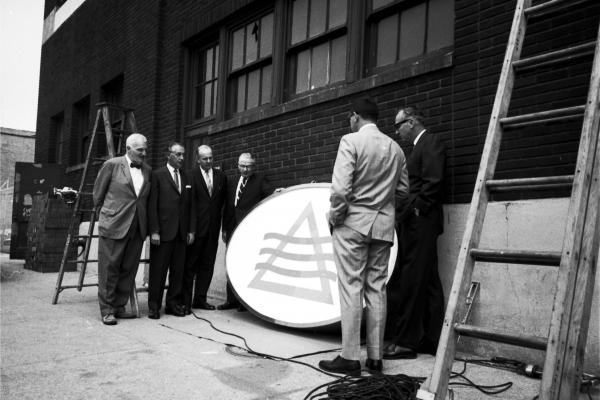
The West Philadelphia Corporation, a non-profit coalition formed by local “higher eds and meds,” created and marketed the neighborhood of “University City.”
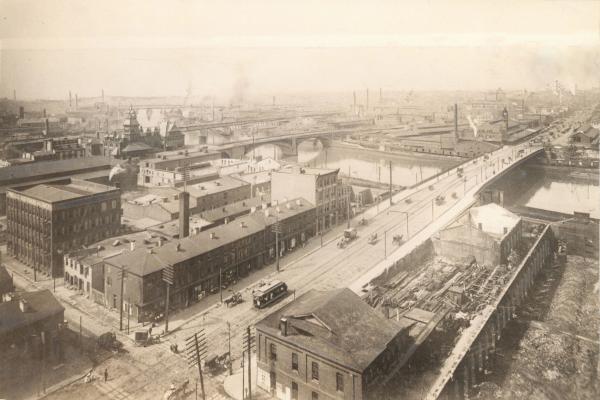
At the turn of the last century, the privately formed Philadelphia Rapid Transit Company contracted with the city to build and operate the electrified Market Street Elevated (“The El”), with a component designated for West Philadelphia.
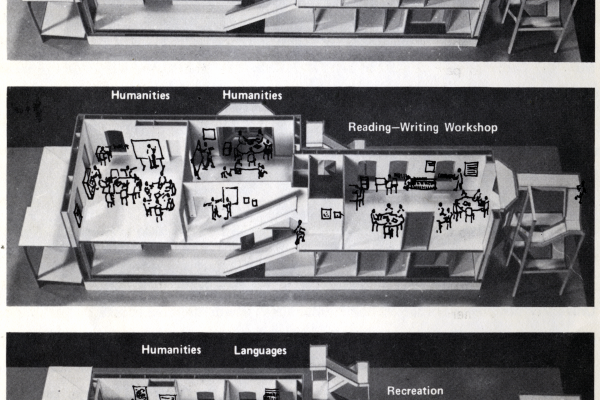
The West Philadelphia Community Free School—an experimental school annex created to alleviate overcrowding at West Philadelphia High School—was ultimately undone by conflicting visions for how it would function.
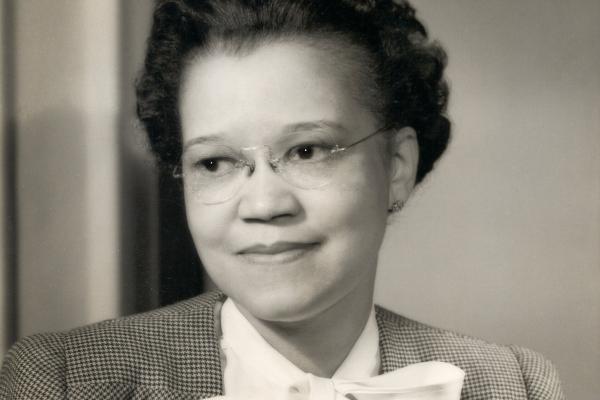
Sadie Alexander broke barriers of race and gender as the first African American woman to achieve many accomplishments, and she worked diligently to open opportunities for others to follow in her footsteps.
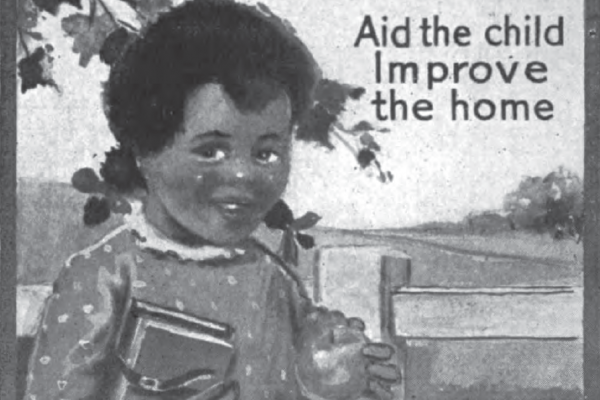
Concerned Philadelphians addressed the housing issues and discrimination faced by migrants.
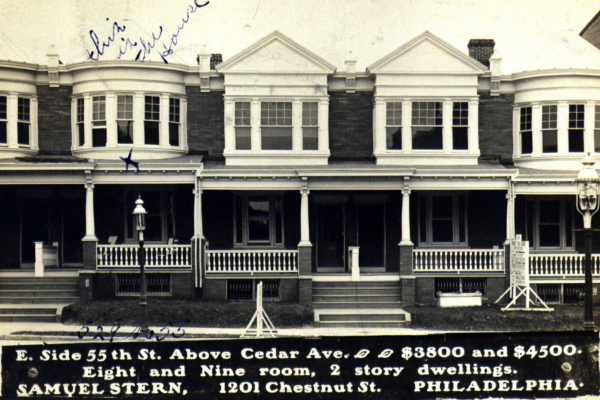
A housing crisis, combined with White resistance to Black settlement, created high rents and overcrowding for migrants in the first wave of the Great Migration.

Southern African American migrants shared a complex relationship with Philadelphia’s middle-class Black families with multigenerational ties to the city.
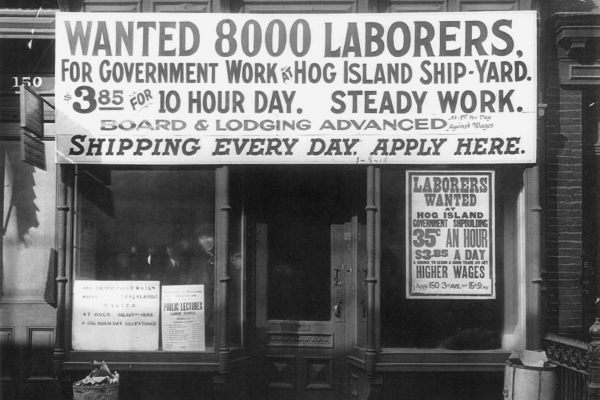
Southern African Americans migrated to West Philadelphia for increased economic opportunity and the potential of homeownership.